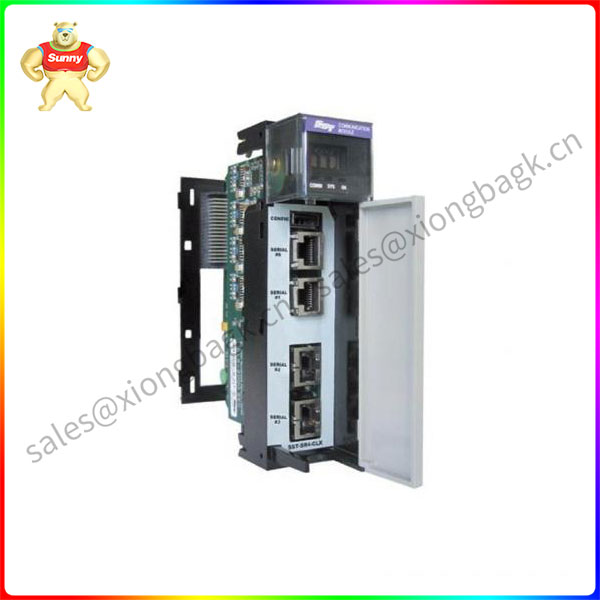PCB connectors are connection components used to connect and fix printed circuit boards. PCB as an important part of the electronics industry, all information transmission, processing, transmission and application are inseparable from PCB, so its connection components are also a large amount of large-scale connector parts.
Whether it is a rigid circuit board (RPCB), a flexible circuit board (FPC) or a high-density interconnect board (HDI), the appropriate connector is required to ensure seamless interconnection between the entire board. Benefiting from the continuous iterative upgrading of technical specifications for downstream applications, the requirements for PCBS in these applications are constantly improving, so PCB connectors are also constantly upgrading.
/ Fit the terminal trend /
PCB connectors miniaturized, high-density plug
Whether in the industrial field, consumer electronics field or communications field, the relevant terminal equipment is developing towards miniaturization, so the internal structure of the circuit board has become more compact. The trend of miniaturization of PCB connectors used in it is also in line with the development trend of terminal scenarios.

In the polishing of DIN 41612 connectors, Harting’s performance is outstanding in the entire industry. With a wide range of pitch sizes and pin options, Harting’s DIN connectors offer extremely high density connectors in small sizes with optimized contact surfaces, contacts, and low resistance, making them ideal for signal, data, and current transmission applications, whether PCB-to-PCB or buttonboard/cable-to-PCB.
At the same time, for different cable types, cable cross sections, pin types or pin number conditions, it is also very important to choose the right PCB termination technology. Whether it is THT, THR or crimping, Harting can provide end technology to stably connect the connector to the PCB board.
From the rack, backplane, PCBA to the sub-card guide rail, front panel, the trend of miniaturization of related connectors in these common structures is very obvious, and PCB connector products that provide high-density connection capabilities in various small sizes will undoubtedly be more popular in the market.
/ Highlight the advantages of modularity /
Make PCB connection more flexible
PCB and its connection technology is evolving toward smaller sizes, more functions, and more robust and reliable, in addition, many applications today require a universal PCB connection solution. The future connection must be high-performance, concise, fast and flexible, modular PCB connection has become a general trend, the importance of modularity is constantly improving.
The first difficulty solved by modularity is the realization of the combination of various signals, data and current transmission in a single connector to connect two PCBS. Most of the original connection schemes are unable to use only one connector between two PCBS to achieve signal, data and current transmission. Modular PCB connectors provide “countless” possibilities for the combination of data, signal and power, and this free combination is simple, fast, and flexible.
har-modular®, Harting’s modular PCB connector, is as robust and reliable as the proven DIN 41612 connector in terms of product reliability and is tested to the same standard IEC 60603-2. har-modular® offers a variety of signal, data and current modules covering 2A, 6A, 10A, 15A, 20A, 40A current transmission.
 中文版
中文版




